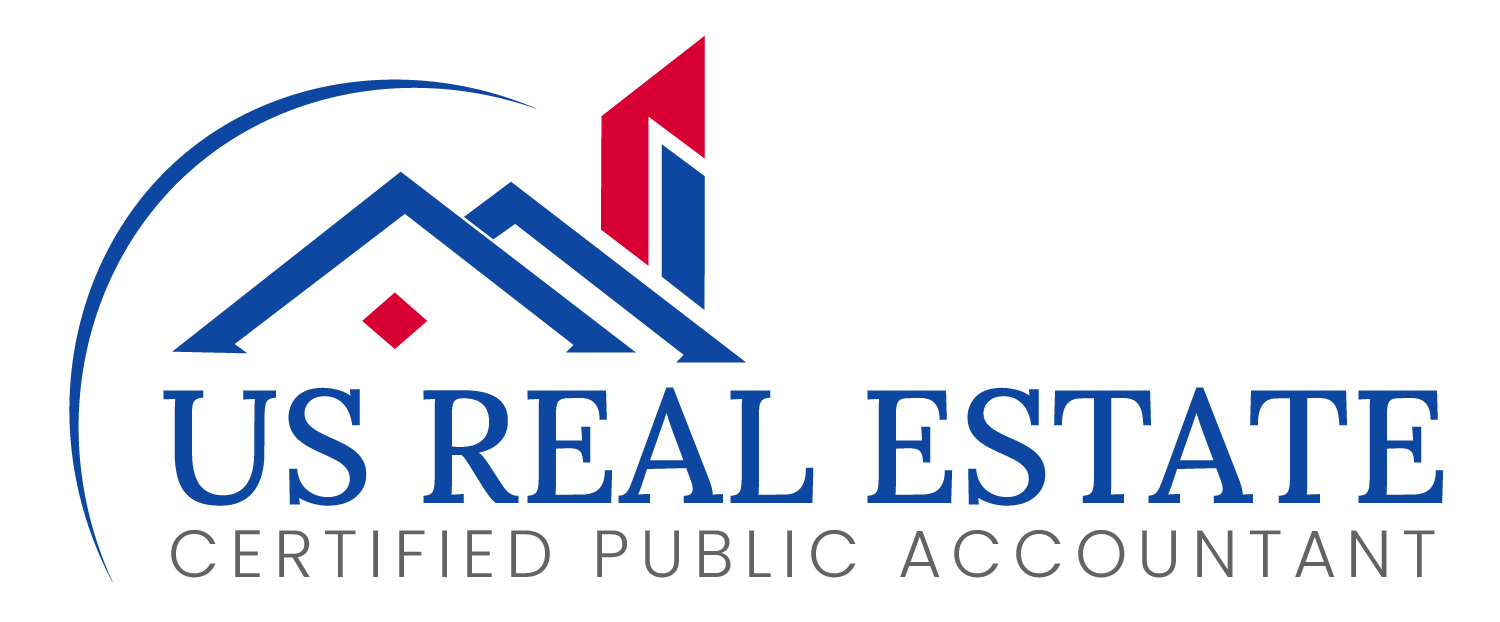
How a Cost Segregation Study Can Reduce Taxes and Increase Cash Flow
If you’re a real estate investor or landlord in the U.S., cutting down on taxes and boosting cash flow is likely at the top of your list. One smart way to achieve both is through a cost segregation study. This strategy can give you big tax savings, freeing up more money to reinvest in your properties and grow your wealth.
If you’re unfamiliar with cost segregation or wondering how it applies to your rental property, this guide breaks it all down in simple terms.
What is Cost Segregation?
Cost segregation is a tax strategy that allows you to reclassify parts of your property to accelerate depreciation.
When you purchase a building, the IRS assumes it will last a long time—27.5 years for residential rental properties and 39 years for commercial buildings. Depreciation spreads out your tax deduction over those long periods.
But not all parts of your building wear out that slowly. For example:
- Carpets don’t last 27.5 years.
- Lighting systems are replaced sooner.
- Parking lots deteriorate faster.
A cost segregation study identifies and separates these components, allowing you to depreciate them over shorter periods (5, 7, or 15 years), which means larger deductions sooner.
How Does Cost Segregation Boost Cash Flow?
Here’s where it gets exciting. By front-loading depreciation, you lower your taxable income today. This means you owe less in taxes now, keeping more money in your pocket to:
- Reinvest in additional properties
- Pay down existing loans
- Handle unexpected expenses
- Build up cash reserves
Let’s crunch some numbers for context:
- Traditional Depreciation – If you bought a residential property for $1 million, you’d deduct about $36,360 annually ($1M ÷ 27.5 years).
- Cost Segregation Study – The same property could allow $200,000 to be depreciated in the first five years, providing much larger deductions upfront.
The increased cash flow can have a snowball effect, helping you expand your portfolio or increase your current property’s value.

Who Benefits the Most?
Cost segregation isn’t for everyone. It’s particularly suitable for:
- Property Owners with High Taxable Income – If your tax bill is eating into your profits, this strategy can provide immediate relief.
- Investors with New or Recently Acquired Properties – The earlier you conduct a cost segregation study, the sooner you can reap the benefits.
- Owners of Large Properties – The bigger the property, the more opportunity there is to break down its components and accelerate depreciation.
Common Misconceptions
Let’s debunk a few myths about cost segregation:
1. “It’s only for big corporations.”
Not true. Even small property owners can benefit. Whether it’s a single-family rental or a commercial strip mall, cost segregation applies.
2. “It’s too complicated and expensive.”
Although a professional study can cost $5,000–$15,000, the tax savings often outweigh the initial investment many times over. Plus, smaller properties might qualify for simplified studies, reducing costs.
3. “I missed my chance because I bought my property years ago.”
Wrong again. The IRS allows you to retroactively apply cost segregation using a “catch-up depreciation” adjustment, which can still provide significant savings.
Steps to Get Started
1. Consult a Tax Professional – Start by discussing your property and goals with a tax advisor experienced in real estate. They’ll help determine if a cost segregation study makes sense for you.
2. Hire a Qualified Specialist – Cost segregation requires engineering and accounting expertise to analyze building components. Look for firms with a track record in this field.
3. Gather Your Documents – Prepare property purchase records, blueprints, renovation costs, and appraisals. These documents help the specialist accurately categorize your property’s components.
4. Implement the Study’s Findings – Your tax advisor will incorporate the study results into your tax filings, maximizing your deductions.
2024 Tax Updates You Should Know
Recent IRS rulings and tax laws may affect how you approach cost segregation:
- Bonus Depreciation Phase-Down – In 2024, bonus depreciation is at 60% (down from 80% in 2023). While this phase-down limits your ability to fully write off certain assets immediately, it still allows substantial upfront deductions.
- Tax Code Compliance – Make sure your cost segregation study adheres to IRS guidelines to avoid audits. A reputable provider will help you stay compliant.
Conclusion
A cost segregation study isn’t a tax trick. Rather it’s a smart way to keep more money in your pocket right now, helping you expand your real estate investments.
Whether you own a small rental property or a large commercial building, this strategy can make a huge difference in boosting your cash flow. Talk to an expert who gets your goals and let them help you unlock the savings hiding in your property.
Remember: every dollar you save on taxes is a dollar you can put toward building your future.



